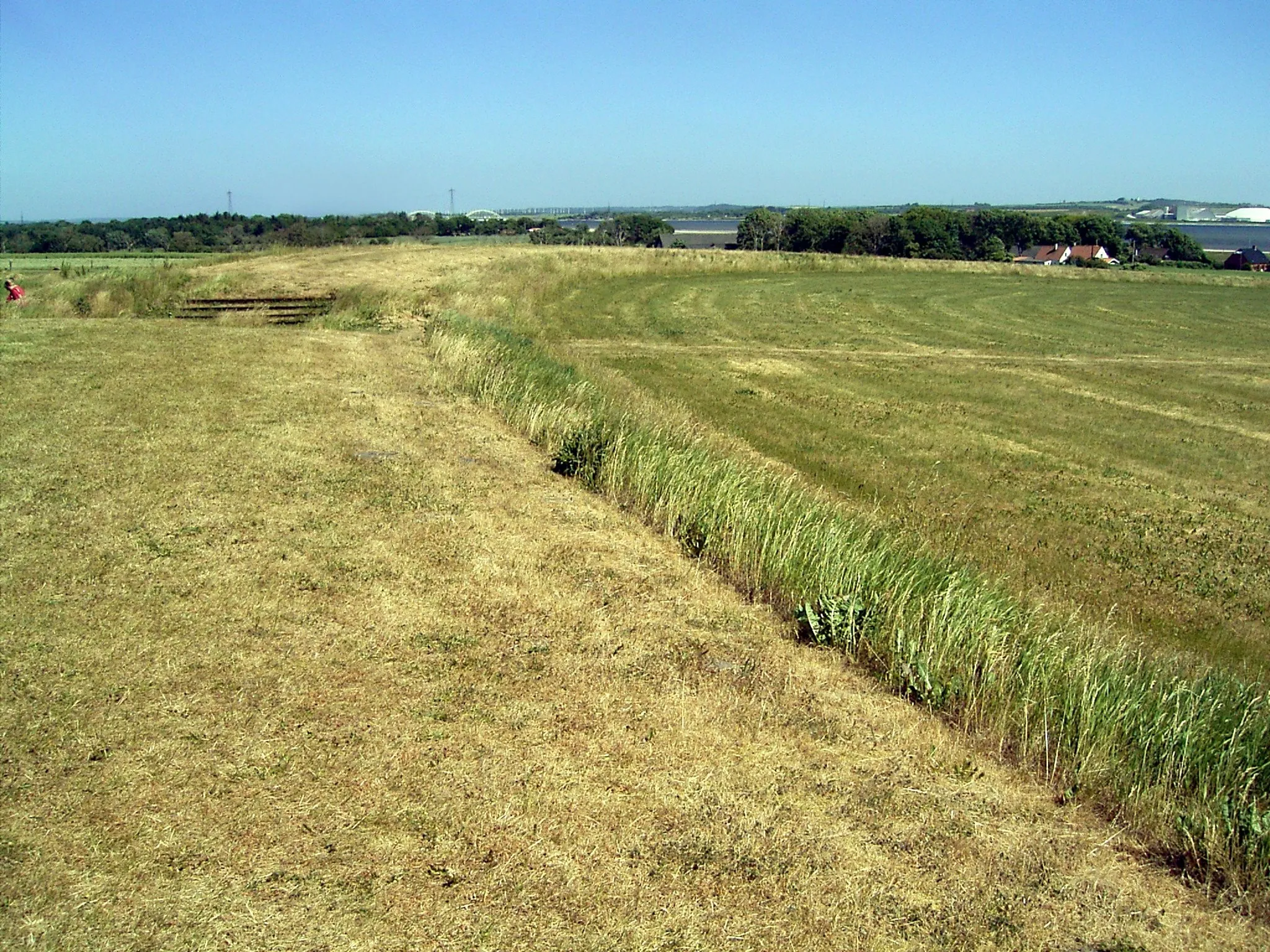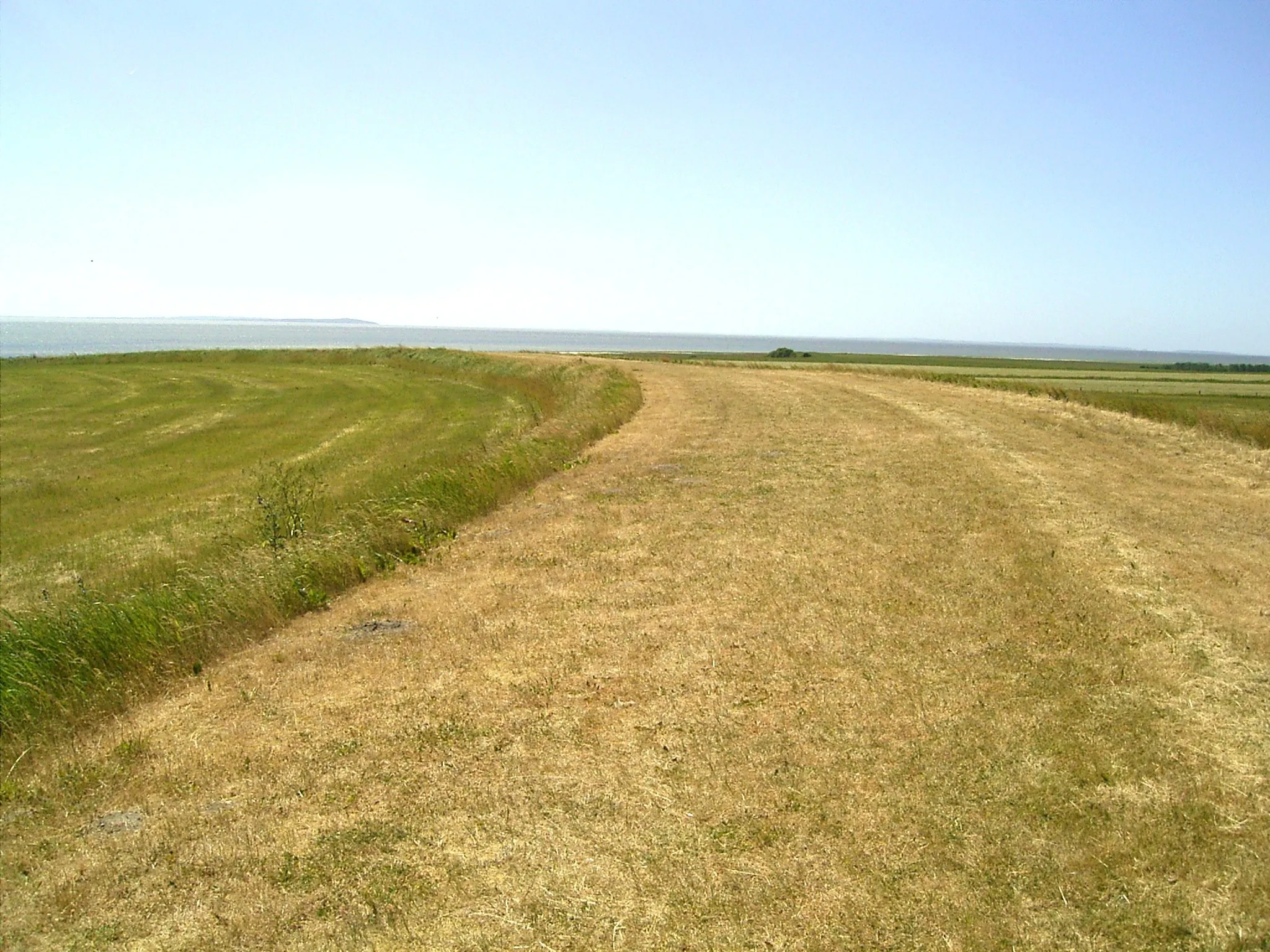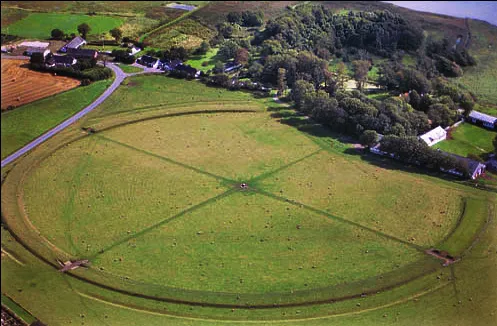Unveiling Aggersborg: A Titan of Viking Fortresses
Aggersborg stands as the largest Viking ring fortress in Denmark. It is strategically located near Aggersund on the north side of the Limfjord. The fortress features a circular rampart surrounded by a ditch. Four main roads, arranged in a cross, connect the fortress center to the outer ring. These roads tunnel under the outer rampart, preserving the circular integrity of the structure.
Get your dose of History via Email
Originally, an Iron Age village occupied this site. Authorities cleared it in the 10th century to make way for the fortress. Likely constructed around 980 AD, the fortress was later abandoned. Its exact purpose remains a mystery, but its strategic location is undeniable. It overlooks a narrow strait of the Limfjord, crucial for controlling movement.

Archaeological Insights and Historical Context
Extensive archaeological work has revealed much about Aggersborg. The site has yielded a wealth of artefacts from both the Iron Age and Viking Age. Today’s visible structure is a reconstruction based on these findings.
Historically, the site dates back to an Iron Age village established in the late 8th century. This village met its end in the 10th century, cleared for the fortress construction. The fortress itself likely rose during the reigns of Harold Bluetooth and/or Sweyn Forkbeard. This timing aligns with other ring fortresses in Denmark, hinting at a broader defensive strategy.
Some historians speculated that Aggersborg served as a military barracks or training ground. However, dendrochronological dating has refuted this theory. It seems more plausible that Aggersborg, along with other Viking ring fortresses, served as defensive strongholds and administrative centers.
Strategic and Structural Marvel
Aggersborg’s location was both shielded and accessible by ship. The Limfjord, an important sailing route, was fully navigable when the fortress was built. The fortress’s structure, completed within one or two years, was only in use for a short period—between five and twenty years. It featured a 240-meter inner diameter with a ditch eight meters from the rampart, about 1.3 meters deep. The rampart, about four meters tall, was built from soil and turf, reinforced with oak wood.

Archaeological Endeavors and Discoveries
The National Museum of Denmark spearheaded significant excavations from 1945 to 1954. Further studies in 1970 and 1990 expanded our understanding of the site. These efforts uncovered over 30,000 artefacts and numerous animal remains. The artefacts ranged from common household items to imported luxury goods, such as beads of mountain crystal and pieces of glass jars.
Conclusion: A Testament to Viking Ingenuity
Aggersborg is more than just an archaeological site. It is a testament to the ingenuity and strategic thinking of the Vikings. Its design and location speak volumes about the era’s military and administrative acumen. Today, as we walk through the reconstructed site, we tread the same paths that Vikings did over a millennium ago, connecting us with a pivotal piece of Nordic history.
Sources:

